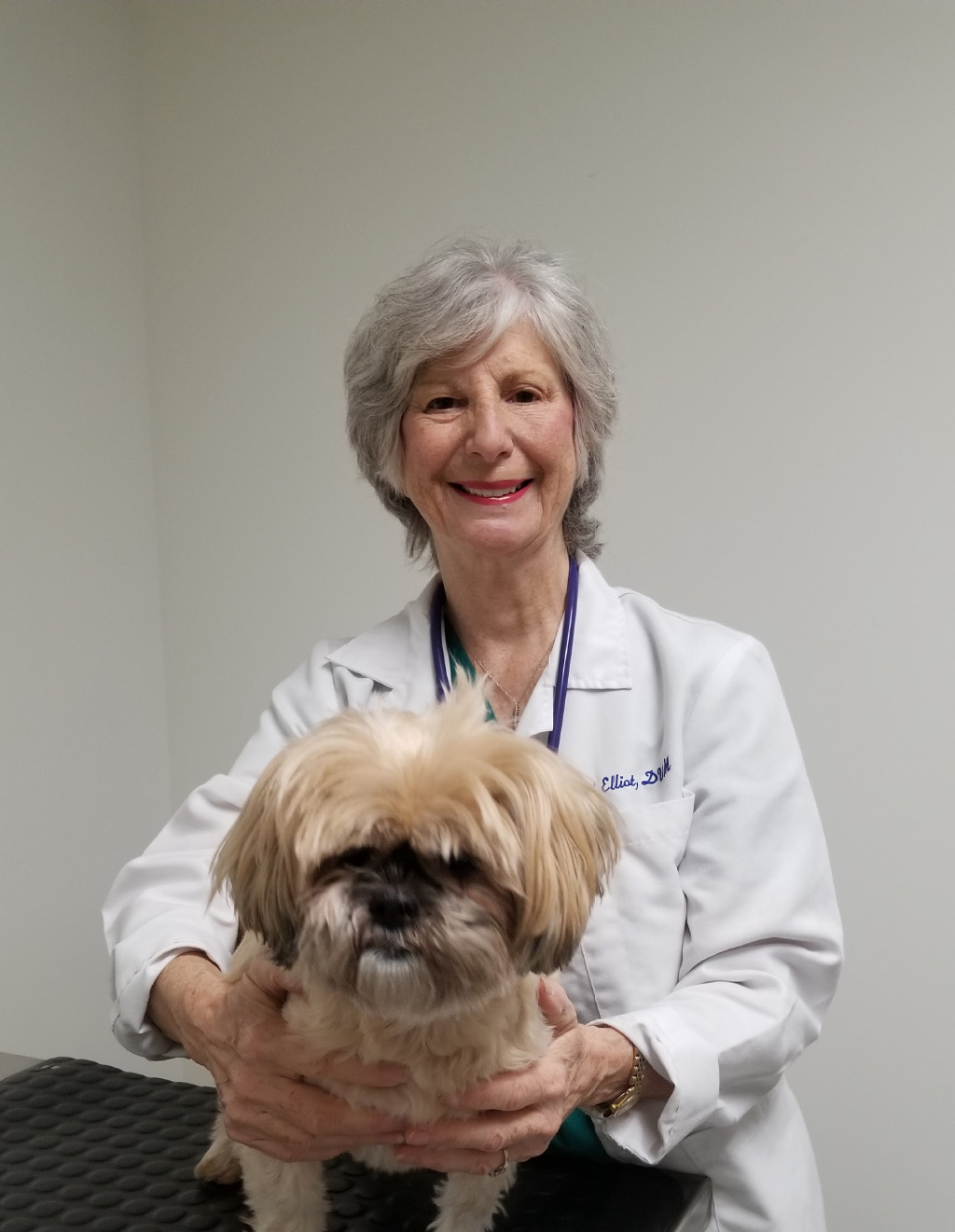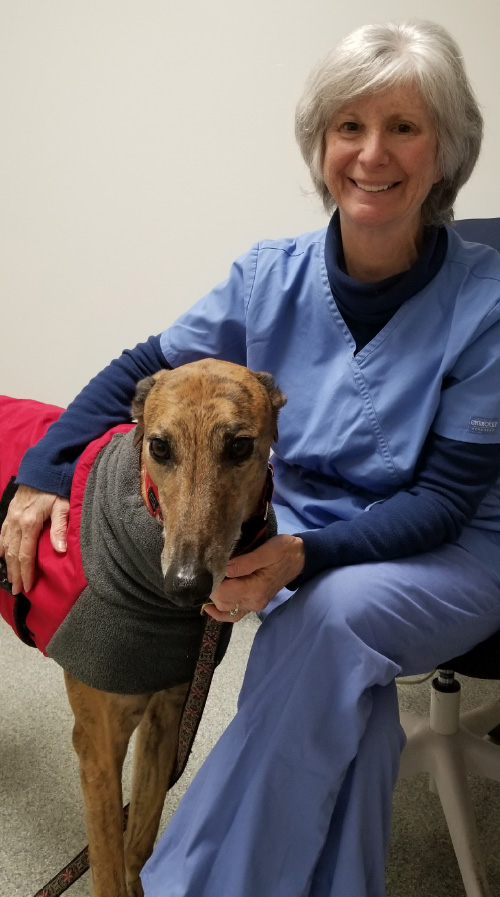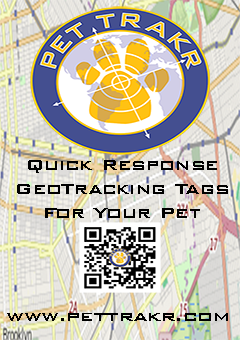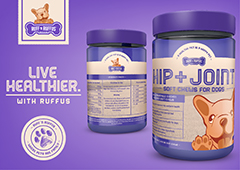By Trisha Giramma
About three years into her career as a veterinarian, Jill Elliot, DVM, (Dr. Jill) made a troubling observation. Clients were returning to her month after month with the same complaints.
For instance, a patient would come in with a urinary tract infection. I’d prescribe antibiotics, and it would clear up. Then a month later, it would be back again,” said Dr. Jill. “It was frustrating, so I started looking around to see what else I could do.”
Dr. Jill had previously met Michele Yasson, DVM, who was a holistic vet practicing in New York City. She asked to volunteer in Dr. Yasson’s clinic one day a week and ended up staying for a year.
“I became very interested in homeopathy because I saw many ailments get cured, and clients not coming back every month with the same problem,” she recalled.
Seeing how homeopathy helped her own dog was the deciding factor.
“He was having respiratory issues and terrible fears of thunderstorms,” said Dr. Jill. “And while on the homeopathic remedy for respiratory issues, he totally got over his fear of thunderstorms. So that piqued my interest. I said, ‘You’ve got to learn this.’”
Dr. Jill began taking courses with Richard Pitcairn, DVM, PhD,

a pioneer in homeopathic medicine for animals, and continued her studies at the Orion School of Homeopathy, in London, traveling there one weekend a month for five months.
She then enrolled at the Teleosis School of Homeopathy, in New York City, and completed a three-year course of study in homeopathy for people.
In her West Village practice, Dr. Jill uses both conventional and holistic medicine when treating her patients – sometimes separately and sometimes together.
“Because sometimes you need both,” she said. “I’m very eclectic. I will use whatever works.”
Some of the modalities she employs include Veterinary Osteopathic Manipulation (VOM), Low Level (Cold) Laser (LLLT), and homeopathic remedies.
VOM is a healing technique that helps repair and re-establish healthy nervous systems for animals. It uses a handheld device, called an “Activator,” that corrects misalignments of discs and joints. The procedure is non-invasive and exerts only mild pressure that most animals seem to enjoy. The treatment is not just reserved for pets experiencing a debilitating condition but can enhance wellness and correct minor issues before they turn into major ones.
“I recommend that people bring their pets in every year for VOM, beginning when they are kittens or puppies,” Dr. Jill said. “Often the birth process can be traumatic, and as the puppy squeezes through the birth canal its spine or joints can become misaligned.”
LLLT is another non-invasive, pain-free technique that uses low-intensity laser therapy to treat a wide variety of conditions ranging from ear infections and open wounds to tendon injuries and degenerative disc disease. It uses deep-penetrating light to create a chemical reaction (photostimulation) that releases endorphins and stimulates healing in cells. It is referred to as a “cold” laser because the low levels of light do not heat the body’s tissues.
“A lot of times, problems originate in the spinal column or the joints and can be treated with either cold laser or chiropractic,” said Dr. Jill. “I’ve had animals come in with spinal issues, and the owners could not afford the surgery recommended to fix it. I have clients come in and tell me they will have to put their dog down if I can’t help them, and I said, ‘I think I can help you,’ and in many cases, I did.”
Homeopathic remedies utilize minuscule amounts of natural substances from plants, minerals, and animals to stimulate the healing process. The substances are diluted by water or alcohol and ingested via sugar pellets, liquid drops, and tablets. Homeopathic treatment with creams and gels are used topically.
The philosophy behind homeopathy is “like cures like” — a substance that causes symptoms in a healthy person can be used in tiny doses to treat an ailment with similar symptoms. It was developed in the late 1700s in Germany.
“Homeopathy the second most-used medical treatment in the world, except the U.S.,” said Dr. Jill. “Conventional medicine and holistic medicine are just different ways of looking at a problem.”
She provided this example: A urinary tract infection is not just a condition; it is a symptom of a weakness in the urinary tract system that needs to be addressed.
“Holistic medicine tries to address the weakness in the system rather than the symptoms it causes,” she said. “The approach not only improves chronic conditions, it improves lifelong wellness.”

Helping your pet have a good life
Dr. Jill said there are several things you can do to help your pet live its healthiest life.
- Buy the best food you can afford.
- Give them plenty of exercise.
- Keep them at a healthy weight.
- Be aware any changes in their behaviors and address them quickly. This could include changes to eating, drinking, peeing and pooping, interest in exercise and play, how they engage with you and others, unusual restlessness, panting.
- Invest in pet insurance.
- Don’t over-vaccinate.
Dr. Jill can be contacted at nyholisticvet.com











